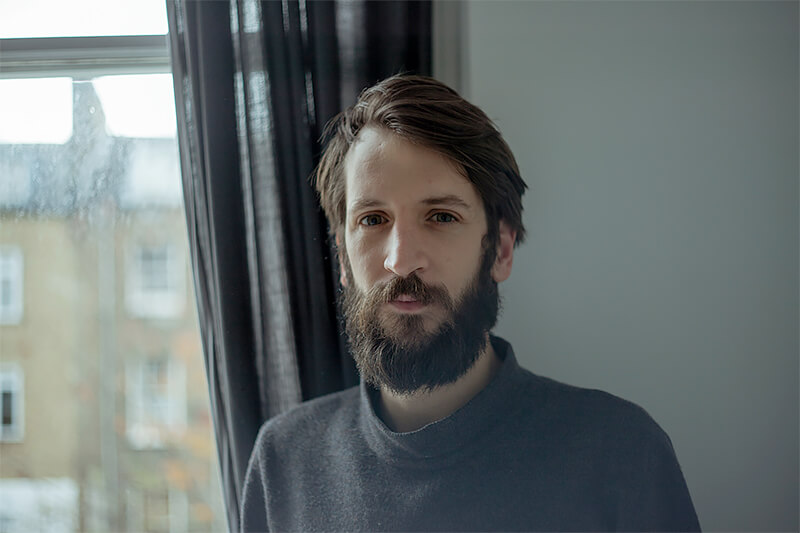"I am a Chilean photographer, with a background in architecture and with a strong interest in geopolitical, territorial and migration conflicts. My work focuses on long-term documentary projects in which I illustrate urgent situations through a careful and studied proposal.
My work has been exhibited in Chile (Animal, Ekho Gallery), and fairs in London, Paris, Shanghai and New York and I participated in photo festivals as PhotoEspaña (Esp), Format (UK) and FIFV (Chile). Recently my documentary project was published on The New York Times which gave me the opportunity to start working as a freelancer for the same newspaper. I teach at the University Diego Portales in Chile where I currently live."
About Mining and Exodus in the Atacama Desert
This visual essay is the narrative of an endless journey through the desert and the Andes Highlands in Bolivia and Chile. A paused and deep journey through places full of memory. What appears to be photographs of elements randomly dispersed throughout the territory, when consciously grouped together, are transformed into a linear narrative linked to the extractive era. Like a map that is revealed in parts, a harsh story uncovers the relationship between mining activities and cultural displacements, all united under a common element in dispute, water.
Following the course of the extractive history of colonial Latin America, what was rubber in Iquitos, cane in the Caribbean, gold in Guanajuato, or silver in Potosi, in Chile was the nitrate (saltpeter). For almost two centuries, the Atacama Desert has been a constant source of mineral resource extraction. The "Saltpetre Offices" has left the mark of an era of wealth and exploitation. Today the situation repeats itself as an exact cycle: what was nitrate, passed to copper, and today, it turns to lithium.
Right in the middle of this extractive history are the woman and the man who inhabited the territory. On the one hand, there is the Aymara woman who walks and grazes the cattle in the Andean mountain range. She has not seen the face of the mining company. However, they critically meet in the use of the same resource: water. The excessive water consumption by mining companies has dried the soil, making livestock and agriculture unviable. Consequently, the highlands man has been forced to go down to work in the city, where possible, the job to which he aspires, is precisely in mining. This uncovers a vicious circle which is greatly enhanced by the government's lack of attention to these isolated areas.
The risk is profound. The desert has not been completely unravelled. It continues to have lots of minerals, and at the same time, it stalks a climate change that will not stop any time soon. In Chile the water is sold, the water rights belong to private. This situation has alarmed the inhabitants of this territory, amongst organizations and activists who wage real legal battles in the courts. This visual essay, far from addressing the issue on all its extents, seeks to contribute to the latent conversation about extractive practices and the current economic model in Chile. To bring back this apparently scenic desert to an urgent reality, promoting a reflection that contributes to the appreciation of rural territory and its culture.
